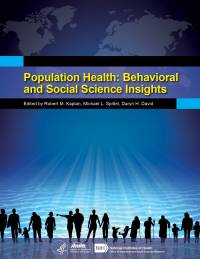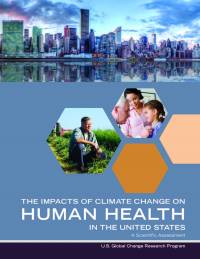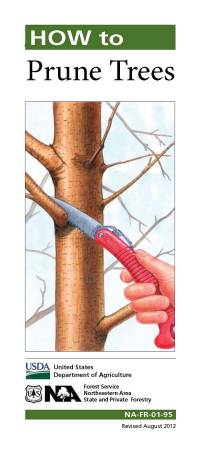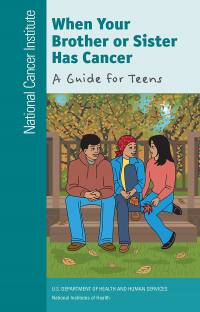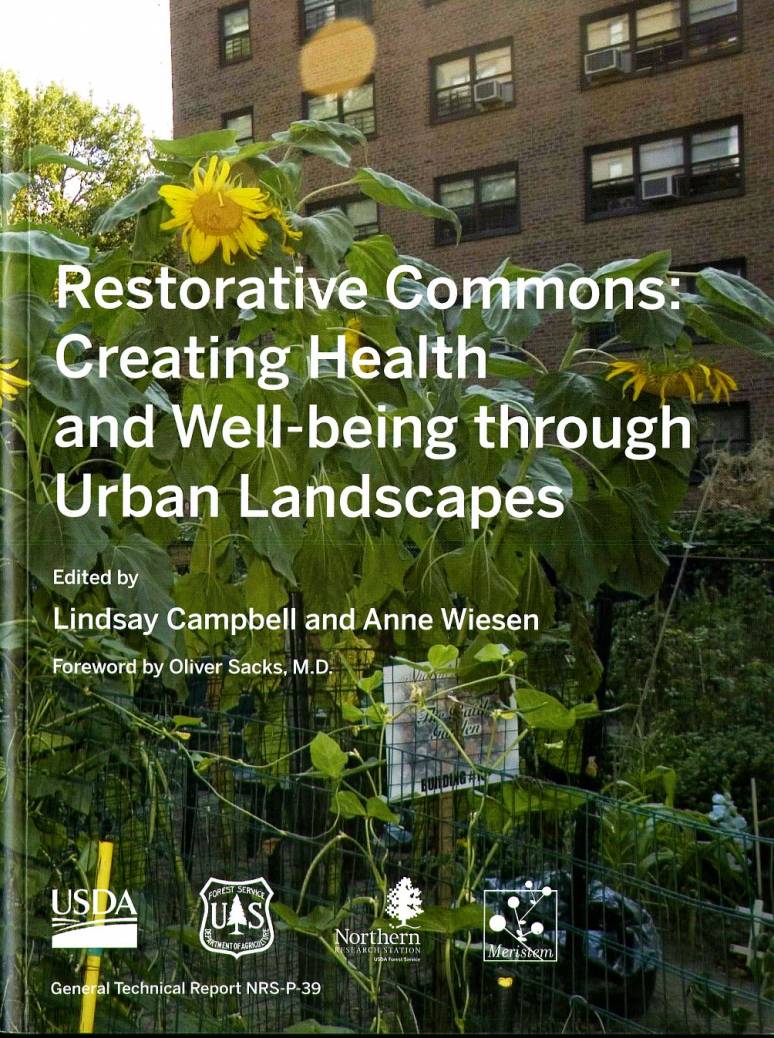
Offers a starting point for a multidisciplinary understanding of Restorative Commons. Focuses on open space and its interface with the built environment. Considers sites restorative if they contribute to the health and well-being of individuals, communities, and the landscape. Individual health includes physical, mental, emotional, and social health. Community health is considered in terms of rights, empowerment, and neighborhood efficacy, and landscape health is measured by ecosystem function and resilience, all of which act together in a complex web of relationships.
NOTE: NO FURTHER DISCOUNTS FOR ALREADY REDUCED SALE ITEMS.
Table of Contents:
1 Foreword
Oliver Sacks
5 Preface and Acknowledgments
11 Introduction
Lindsay Campbell and Anne Wiesen
Theory:
26 Landscape Designers, Doctors, and the Making of Healthy
Urban Spaces in 19th Century America
Robert Martensen
38 Biophilia, Health, and Well-being
Judith Heerwagen
58 Cultivating Resilience: Urban Stewardship as a Means
to Improving Health and Well-being
Erika Svendsen
Photography by Steffi Graham
Thought Pieces:
90 Re-Naturing the City:
A Role for Sustainable Infrastructure and Buildings
Hillary Brown
96 Urban Gardens: Catalysts for Restorative
Commons Infrastructure
John Seitz
Case Studies:
110 Creating Restorative Settings:
Inclusive Design Considerations
Elizabeth and Nona Evans Restorative Garden, Cleveland, OH
David Kamp
122 The Benefits of Community-Managed Open Space:
Community Gardening in New York City
NYC Department of Parks and Recreation
GreenThumb Program, New York, NY
Edie Stone
138 Environmental and Community Health:
A Reciprocal Relationship
Fresh Kills Park, Staten Island, NY
Jeffery Sugarman
154 From Front Yards to Street Corners:
Revitalizing Neighborhoods through
Community-Based Land Stewardship
Urban Resources Initiative, New Haven, CT
Colleen Murphy-Dunning
164 Creative Uncertainty
Monroe Center for the Arts, Hoboken, NJ
Victoria Marshall and Dil Hoda
178 Restoring Lives, Transforming Landscapes:
GreenHouse Program at Rikers Island Jail, New York, NY
James Jiler
188 Memoryscape
The Brian Joseph Murphy Memorial Preservation Land,
Westfield, MA
Lindsay Campbell
Interviews:
202 Youth Empowerment through Urban Agriculture:
Red Hook Community Farm
Added Value, Brooklyn, NY
Ian Marvy
216 Adapting the Botanical Garden into a Sustainable,
Multicultural Resource
Queens Botanic Garden, Flushing, NY
Susan Lacerte
232 The Re-Greening of Public Housing
New York City Housing Authority Garden and Greening Program,
New York, NY
Rob Bennaton
248 Gardens for Peace and Reconciliation
American Friends Service Committee, Bosnia-Herzegovina
Davorin Brdanovic
Appendices:
266 About the Editors
268 Meristem 2007 Forum Agenda
Restorative Commons for Community Health
270 Forum Participants
272 Contributor Biographies
Interviews:
202 Youth Empowerment through Urban Agriculture:
Red Hook Community Farm
Added Value, Brooklyn, NY
Ian Marvy
216 Adapting the Botanical Garden into a Sustainable,
Multicultural Resource
Queens Botanic Garden, Flushing, NY
Susan Lacerte
232 The Re-Greening of Public Housing
New York City Housing Authority Garden and Greening Program,
New York, NY
Rob Bennaton
248 Gardens for Peace and Reconciliation
American Friends Service Committee, Bosnia-Herzegovina
Davorin Brdanovic
Appendices:
266 About the Editors
268 Meristem 2007 Forum Agenda
Restorative Commons for Community Health
270 Forum Participants
272 Contributor Biographies
Target audience are people living in urban neighborhoods, where community urban gardens should create opportunities for social engagement, economic empowerment, nature access, and stewardship. The gardens are community-driven, ecologically sustainable, and answer the very human impulse to seek and create beauty in our everyday surroundings. The gardens are a primary foundation for a resilient community and psychological well-being.
Product Details
- Campbell, Lindsay
- General Technical Report NRS P 39
- Well Being
- Urban Landscapes
- Landscapes
- Urban gardening, Therapeutic use
- Open spaces, Therapeutic use


